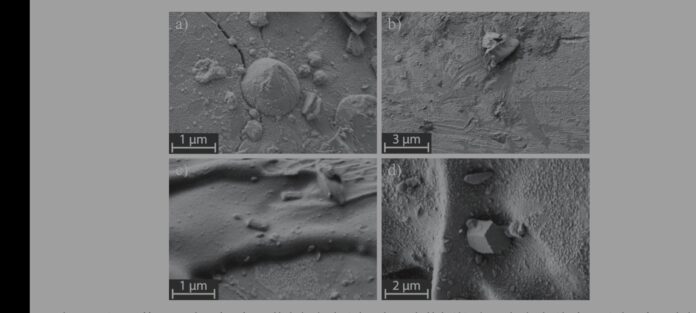A team of scientists has made important discoveries about how volcanic eruptions happened on the Moon billions of years ago. By studying tiny glass beads collected during the Apollo 17 mission, researchers have learned more about the Moon’s volcanic history and the gases that once filled its skies.
What Are Lunar Glass Beads?
When volcanoes erupted on the Moon between 3.3 and 3.6 billion years ago, they shot out streams of molten rock. As this hot rock blasted through the lunar sky, it broke into small droplets. These droplets cooled quickly and turned into glass beads, each less than a millimeter across. These beads landed on the Moon’s surface and have stayed there ever since.
Why Are These Beads Important?
The glass beads from the Moon are like tiny time capsules. They hold clues about what the Moon’s volcanic eruptions were like, including the temperatures, pressures, and types of gases present. Scientists can study the beads to understand how the eruptions changed over time and how the Moon’s interior is similar to or different from Earth’s.
How Did Scientists Study the Beads?
The research team used advanced tools to look at the beads collected from the Shorty Crater during Apollo 17. They chose black glass beads that had never been exposed to Earth’s air, keeping them in their original state. Using powerful microscopes and other instruments, they looked at the surfaces of the beads, which are coated with layers of minerals only a few nanometers thick (a nanometer is a millionth of a millimeter).
What Did They Find?
– The mineral coatings, called “sublimates,” formed as volcanic gases cooled and settled onto the beads during the eruption.
– Most of the coatings are made of a mineral called sphalerite, which contains zinc, iron, and sulfur. The scientists found that iron is more concentrated at the bottom of the coating, where it touches the glass bead.
– The way these minerals are layered tells scientists how the temperature and pressure in the volcanic cloud changed as the eruption went on. For example, as the gas cloud cooled and spread out, the pressure dropped, causing different minerals to form at different times.
– Some beads from other parts of the crater had different coatings, suggesting that the style of the eruption changed over time.
Why Does This Matter?
These findings help scientists better understand how the Moon’s volcanoes worked. The study shows that the Moon’s volcanic eruptions were complex, with changing gas clouds and different eruption styles. This information also helps researchers compare the Moon’s interior to Earth’s, revealing that parts of the Moon’s mantle may have had similar amounts of gases as Earth’s mantle does today.
What’s Next?
With new technology, scientists can now study even smaller features on lunar samples. This research opens the door to learning more about other planets and moons in our solar system, helping us understand how they formed and changed over time.








